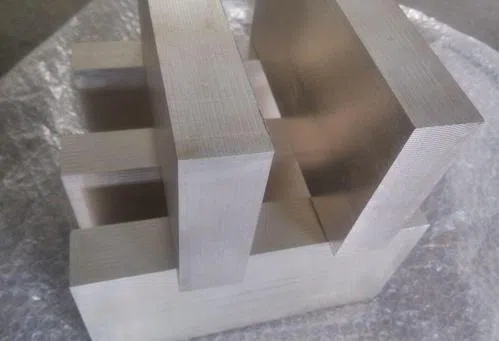AZ31B H24 magnesium tooling plate is a partially annealed and partially strain hardened version of AZ31B, with the version “0” having only an annealed treatment and the H26 version fully hardened and partially annealed. This alloy is mainly used in applications that require lower weight and high strength. When compared to aluminum or steel alloys used in the same scenarios, Magnesium AZ31B-H24 provides much better strength to weight ratio. Parts made from this magnesium alloy are very stiff, which makes them a great choice for structural components.
Thanks to these properties, the H24 version of AZ31B magnesium tooling plate is mainly used in the aircraft industry for manufacturing of fuselages, but it also finds use in other areas, such as smartphone and laptop cases, speaker cones and other parts in high-end audio gear, and RFI and EMI shielding in the computer industry thanks to its non-magnetic nature.

AZ31B H24 magnesium tooling plate can also easily absorb vibration, which makes it a great choice for textile machinery and concrete tools. Car manufacturers have also started using AZ31B-H24 in supercars, specifically for manufacturing of stiff and lightweight components, such as racing car wheels.
This alloy is also characterized by very good strength and ductility at room temperature, outstanding thermal conductivity, high corrosion resistance, excellent weldability, and high recyclability. The material also supports manufacturing of very complex parts thanks to the exceptional dimensional stability.
With all that said, like all Magnesium alloys, AZ31B-H24 has one glaring disadvantage, and that's flammability. This means that when working with one of these parts, special care must be applied by the worker to minimize the chance of fire, like the use of a magnesium fire arresting kit.
Magnesium is also irritating to the human body, especially to the eyes, and skin. The airway passages should also be protected because high doses of exposure to magnesium oxide fumes can lead to metal fume fever. Magnesium dust and fumes are most often created during machining, grinding, welding, or melting.




QR Code
